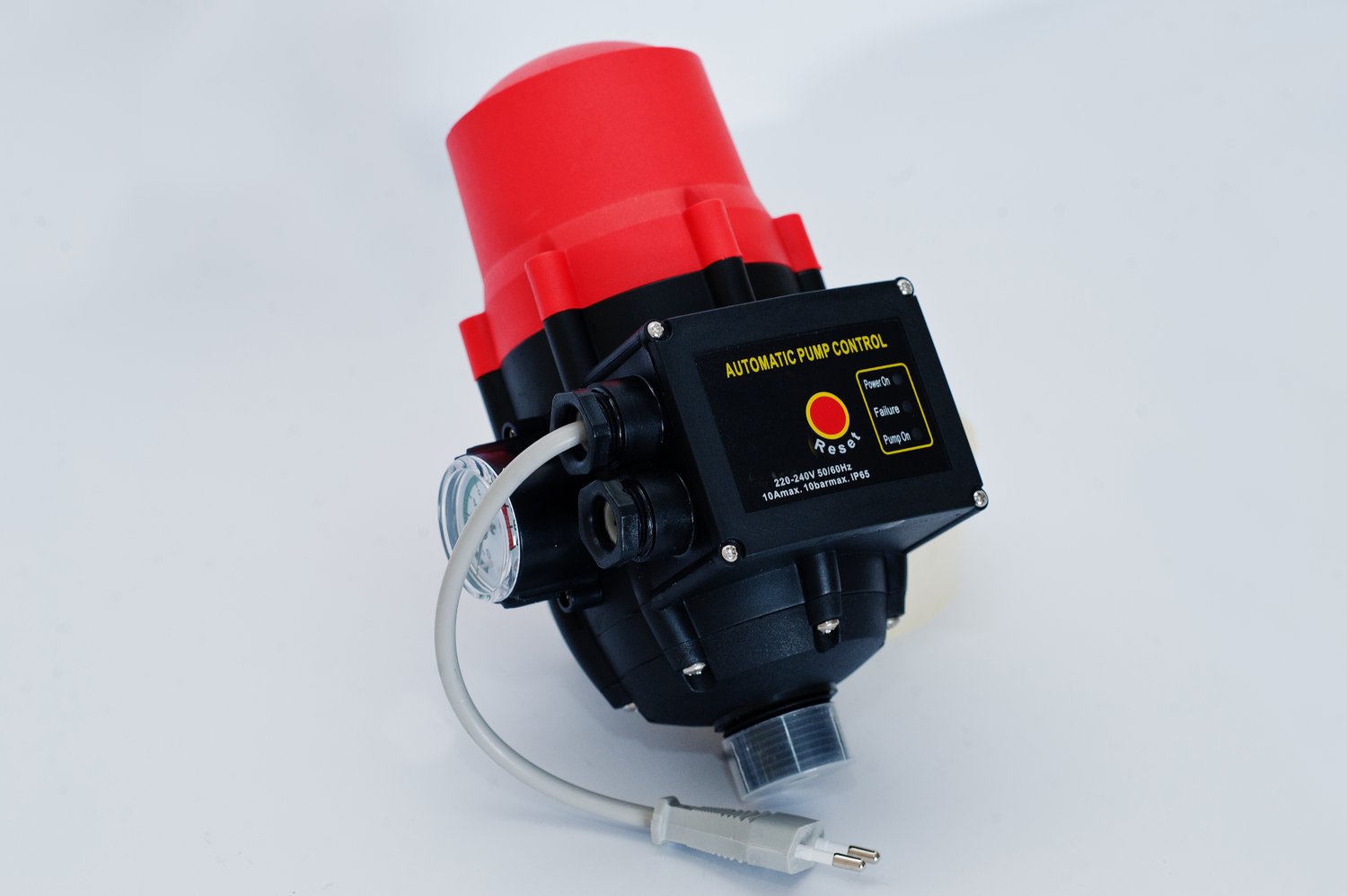Running into issues with your well pump can be more than just a hassle—it can disrupt your entire household’s water supply. Whether it’s sudden pressure loss or the pump frequently turning on and off, these problems can escalate if not addressed timely. Understanding the root causes and solutions is essential to ensuring your water system works efficiently.
- Discover why loss of pressure in well pumps can lead to more significant plumbing issues if left unchecked.
- Learn how leaks or a faulty pressure switch could be the silent culprits behind your well pump troubles.
- Find out how cycling issues can wear down your equipment and increase maintenance costs over time.
By delving into the article, you’ll equip yourself with practical solutions and preventative steps to keep your well system running smoothly, ultimately safeguarding your home’s essential water supply. Dive into the specifics to ensure you’re not left high and dry when it comes to well pump maintenance and efficiency.
Understanding Common Well Pump Problems: Loss of Pressure and Cycling Issues
Well pump systems are essential for delivering a steady water supply, yet they are prone to malfunction due to their complexity. Among the most common well pump problems are loss of pressure and frequent cycling issues. These issues not only disrupt the functionality of the pump but can also cause inconvenience and potential damage to the entire water system.
Understanding these problems involves recognizing the signs early to prevent extensive repairs. Loss of pressure in a well pump may result in reduced water flow while cycling issues can lead to increased wear and tear on your system. Both problems can interfere with daily water use and necessitate quick, effective solutions to ensure uninterrupted water access.
Identifying Causes of Loss of Pressure in Well Pumps
Loss of pressure in well pumps can arise from various factors, making it a critical issue to address for maintaining efficient water systems. One common cause is leaks within the plumbing system that result in decreased water pressure. Identifying and repairing these leaks promptly can prevent further complications.
Another significant factor is a faulty pressure switch that fails to regulate the pump’s operation efficiently. A malfunctioning pressure switch can create erratic pressure levels, impacting water delivery. Additionally, issues with the pump itself, such as wear or damage, can contribute to pressure loss.
Regular maintenance and thorough inspection are key strategies for identifying these problems before they escalate. Scheduling consistent checks can ensure your well pump remains functional, providing reliable water pressure throughout your home.
Solving Common Well Pump Problems: Cycling Issues and Effective Solutions
Cycling issues in well pumps, where the pump frequently turns on and off, can lead to increased wear and tear, affecting the pump’s lifespan. Such issues often arise from a malfunctioning pressure tank, improper pressure settings, or a failing check valve.
Understanding the root causes of these cycling problems is crucial. A malfunctioning pressure tank might not hold enough air, causing the pump to cycle rapidly. This can usually be resolved by checking the tank’s bladder and ensuring it’s inflated to the manufacturer’s recommended pressure.
Improper pressure settings can also lead to cycling issues. It is essential to adjust the pressure switch settings correctly. Typically, the cut-in pressure should be about 20 PSI lower than the cut-off pressure. If these settings are not accurate, it might cause the pump to cycle unnecessarily.
Another common cause is a failing check valve. When the check valve doesn’t hold the pressure within the system, the pump may turn on frequently to maintain the required pressure levels. Inspecting and replacing faulty check valves can effectively prevent this problem.
By addressing these underlying causes, homeowners can not only enhance the efficiency of their well pumps but also extend their operational longevity. Regular maintenance and inspections by professionals can also help detect and mitigate these issues early, ensuring a consistent and reliable water supply.
Frequently Asked Questions about Well Pump Problems
What causes a loss of pressure in well pumps?
Loss of pressure often results from leaks, a faulty pressure switch, or pump malfunctions. Regular checks can identify these issues early.
How can I tell if my well pump has a cycling issue?
If your pump turns on and off frequently, it is likely experiencing a cycling issue, possibly due to pressure tank or check valve problems.
Can a malfunctioning pressure switch affect my well pump?
Yes, a faulty pressure switch can lead to erratic operation and pressure loss. It should be inspected during routine maintenance.
What maintenance steps help prevent well pump issues?
Regular inspection for leaks, pressure setting checks, and ensuring all components are functioning can prevent many common problems.
When should I consult a professional for well pump issues?
Consult a professional if you notice persisting problems like frequent cycling or pressure loss despite standard troubleshooting.





